Think the corn poppy is just another pretty wildflower? These bold red blooms have been hiding in plain sight, and most people don’t realize how useful they can be. Beyond turning fields into a sea of color, the petals, seeds, and even dried parts have been tucked into homemade teas and natural remedies for ages.
Want something to ease a nagging cough or help you unwind after a rough day? Corn poppy’s got a place in the old-school herbal toolkit, especially when used right. It’s full of plant compounds that work quietly, but they punch above their weight when it comes to helping you feel better. Cut through the noise: you don’t need to be a botanist or a hippie to use corn poppy—just a bit of know-how will do.
If you want to try natural wellness boosters, knowing where to start is half the battle. You’ll find practical tips ahead, plus real ways to make the most of this underrated flower—without getting lost in jargon or hype. Ready for an easy, direct look at corn poppy and what it can do for you? Read on.
- What Exactly Is Corn Poppy?
- Hidden Health Benefits Revealed
- How to Safely Use Corn Poppy
- Pro Tips for Getting Results
What Exactly Is Corn Poppy?
The corn poppy (also called Papaver rhoeas) isn’t just a random field flower—it’s actually packed with history and everyday uses. You’ll spot its bright red petals in open fields and along the edge of roads all over Europe, North Africa, and parts of Asia. The plant stands about two feet tall, and its semi-delicate petals show up in spring and early summer. Believe it or not, these flowers can pop up by the thousands when fields are left alone, which is why you sometimes see huge “poppy carpets” stretching for miles.
This wildflower is known for more than good looks. In many places, it’s a symbol for remembering soldiers, because the poppy grew in World War I battlefields. But there’s more to the story—the corn poppy has been used for centuries in homemade teas, syrups, and other products as a way to soothe the body. Old herbal books talk about corn poppy petals being dried and used to make calming teas, especially for kids or folks with trouble sleeping. No need to mix it up with the big guns like the opium poppy; corn poppy isn’t addictive and doesn’t give a high.
Here’s what makes the plant tick:
- Appearance: Four-petaled, paper-like red flowers with a black center. Light, almost feathery green leaves.
- Where It Grows: Open fields, farmland, spots that get disturbed (like construction sites), mostly in temperate zones.
- Parts Used: Flowers and seeds are the stars—petals for teas, seeds sometimes for baking.
| Part of Plant | Main Use |
|---|---|
| Petals | Teas, syrups, soothing drinks |
| Seeds | Baking, mild flavor boost |
| Leaves | Rarely used, mostly for decoration in salads (young stage) |
If you see a field full of flaming red blooms in late spring, odds are you’re looking at a patch of corn poppy. This isn’t some rare plant sitting on a mountaintop—it’s a tough survivor that’s found its place all over the world. Keep that in mind next time you spot one; it’s not just scenery—it could be your next low-key wellness helper.
Hidden Health Benefits Revealed
Most folks walk right past corn poppy without realizing it's got more going on than just colorful petals. Let’s talk about what these little plants actually bring to the table for your health.
First off, corn poppy petals have mild calming effects. People have brewed them into teas for years to take the edge off nerves or help with falling asleep. It isn’t a knockout, but it does enough for those nights you’re tossing and turning. If you’ve heard of the old-school cough syrup trick, here’s where it comes from—the petals and sometimes even the seeds get added to homemade remedies aimed at soothing that scratchy throat and stubborn coughs.
If you’re fighting minor aches or fever, you might’ve found a friend in this flower. Modern herbal books note corn poppy’s traditional use for low-level pain or fevers. It doesn’t replace a painkiller, but these gentle effects are just enough for lighter discomfort.
Want numbers? An analysis from a 2023 European plant compendium found the highest levels of plant polyphenols—these are natural antioxidants—in corn poppy petals versus ten other wildflowers. Those antioxidants help your body protect against cellular wear and tear. For folks eyeing heart health, this can be a quiet win.
| Health Benefit | Active Ingredient | How It's Used |
|---|---|---|
| Soothes coughs | Alkaloids | Herbal tea, syrup |
| Supports sleep | Slim amount of natural sedatives | Evening tea |
| Minor pain relief | Polyphenols, glycosides | Petal infusions |
| Antioxidant boost | Polyphenols | Petal powder or tea |
One cool fact: unlike some poppies that get a bad rap for strong effects, corn poppy isn’t addictive and won’t mess with your head. Its effects are gentle and don’t cause grogginess when used right. Using it as part of a natural wellness routine makes sense for anyone looking to try something backed by good old tradition—with a little scientific backup, too.

How to Safely Use Corn Poppy
Diving into the world of corn poppy is surprisingly straightforward, but a little caution keeps you safe. First things first—don’t just pick any bright red petal you see. Make sure you’re actually dealing with legit corn poppy (Papaver rhoeas), not a look-alike or something potentially toxic. If in doubt, stick with dried petals and parts from a trusted supplier or herbal shop.
Most folks use the dried petals to make a calming tea. Here’s the basic method:
- Put one teaspoon of dried corn poppy petals into a cup.
- Pour hot (not boiling) water over them.
- Let it steep for about 10 minutes.
- Strain and sip slowly. Always start with a small amount to see how your body reacts.
The petals are mild, but don’t double up doses or drink it daily for weeks on end. If you’re pregnant, breastfeeding, or on meds for your liver or central nervous system, play it safe—skip the corn poppy or check with your healthcare provider first. Some people get drowsy after using it, especially if they overdo it, so avoid operating machinery or driving until you know how it affects you.
The seeds of corn poppy aren’t toxic, but they aren’t used for health remedies the same way as the petals. Don’t munch on other parts of the plant raw—they’re not meant for that. For kids, skip it entirely; better safe than sorry.
For those who want some quick numbers, here’s a look at what one cup of standard corn poppy tea generally contains:
| Compound | Approximate Amount |
|---|---|
| Alkaloids | Less than 2 mg |
| Flavonoids | Up to 30 mg |
| Tannins | About 10 mg |
If you’re storing dried corn poppy, keep it in a dry, dark place. Light and moisture zap the good stuff fast. Label your jars so you’re not playing the guessing game months down the road.
Bottom line: stick with normal food amounts, go slow, and pay attention to your body. That’s how you turn corn poppy from a humble wildflower into something you can actually use for your own well-being.
Pro Tips for Getting Results
If you want to actually notice the benefits of corn poppy, there are a few smart moves you can make. It’s not rocket science, but doing it right can make all the difference between wasting effort and getting real value. Here’s what you need to know if you want to use corn poppy for health benefits or as part of your natural remedies stash.
- Choose the right part: The petals are the most popular for teas and calming herbal mixes. The seeds are sometimes used in baking for a mild taste, but skip the green pods—those are not safe and have totally different effects.
- Stick to small doses: Corn poppy is gentle, but more isn’t better. For herbal teas, use about one teaspoon of dried petals per cup. Steep for five to seven minutes, not longer, to keep it mild and avoid bitterness.
- Buy from legit sources: If you’re not picking your own, make sure you get dried corn poppy from places that know what they’re doing—think health shops, certified online stores, or trusted herbalists. Mix-ups with other poppies can be risky.
- Don’t go solo with new meds: If you’re on prescription meds, always ask your doctor before adding herbal wellness options like corn poppy. Interactions aren’t common, but play it safe.
For the folks out there who are data-minded, a recent survey of herbal wellness users showed that about 65% found corn poppy tea helpful for easing minor cough and stress, and side effects were rare and usually just mild drowsiness.
| Form | Suggested Use | Notes |
|---|---|---|
| Dried Petals | Tea, infusions | Great for relaxation and mild coughs |
| Seeds | Baking, salads | Safe, mild taste, not used for health perks |
The bottom line? Use corn poppy with respect, keep it simple, and focus on legit sources and clear steps. Done right, it’s an easy addition to everyday wellness routines.


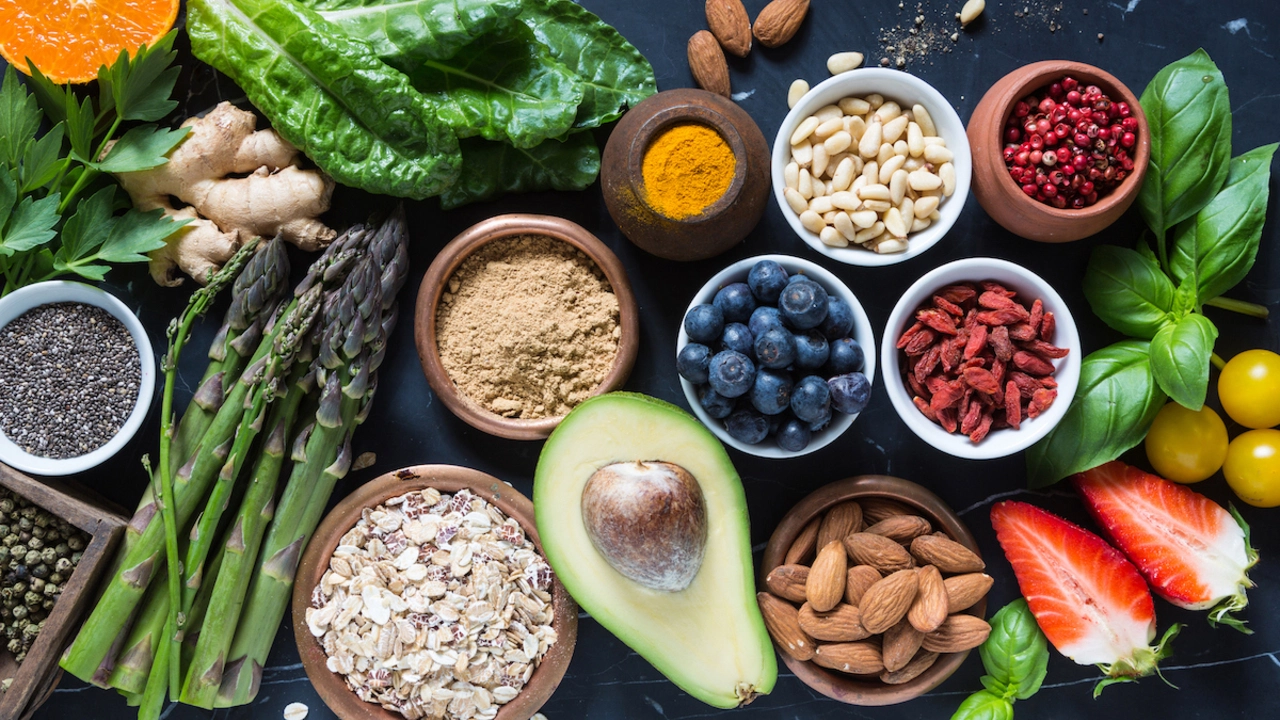

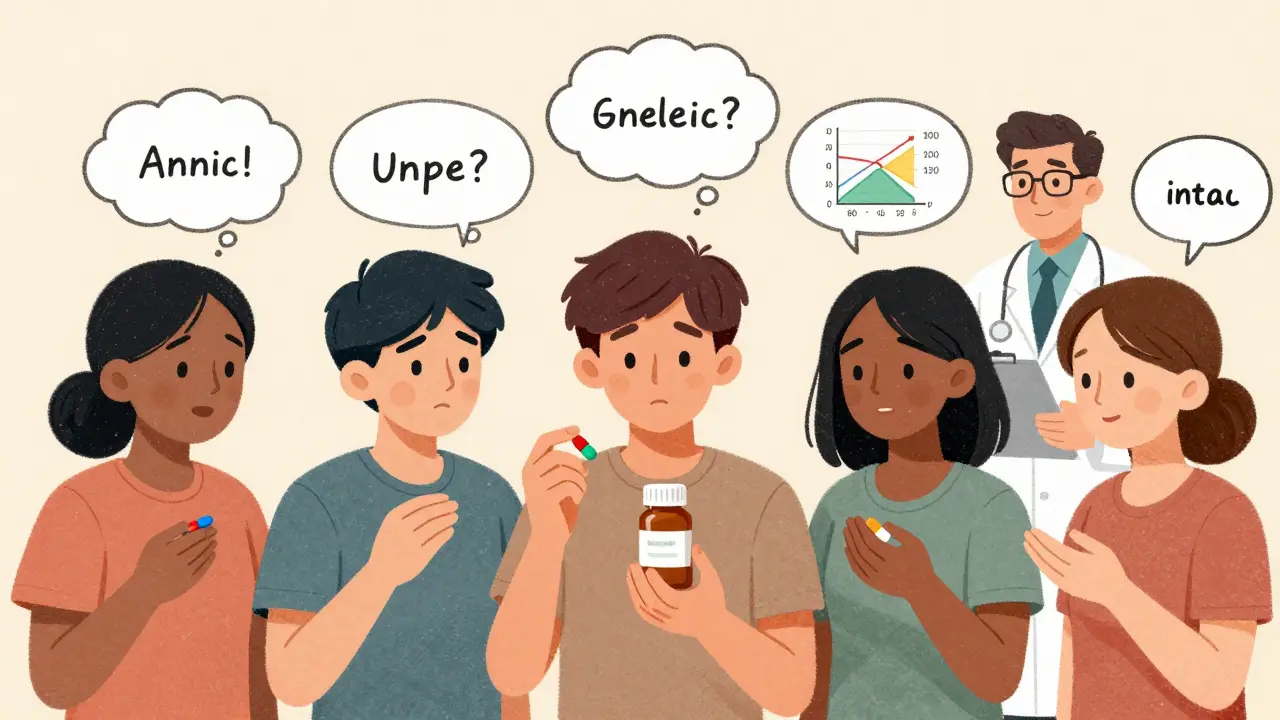
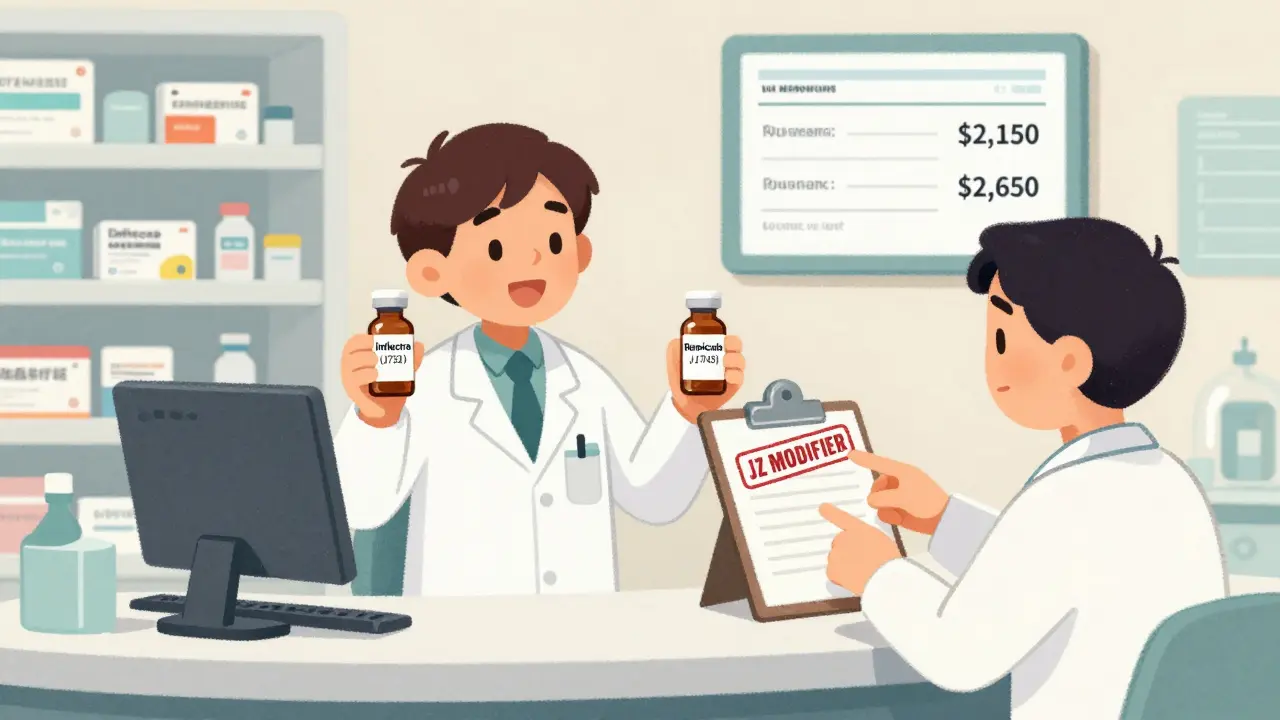
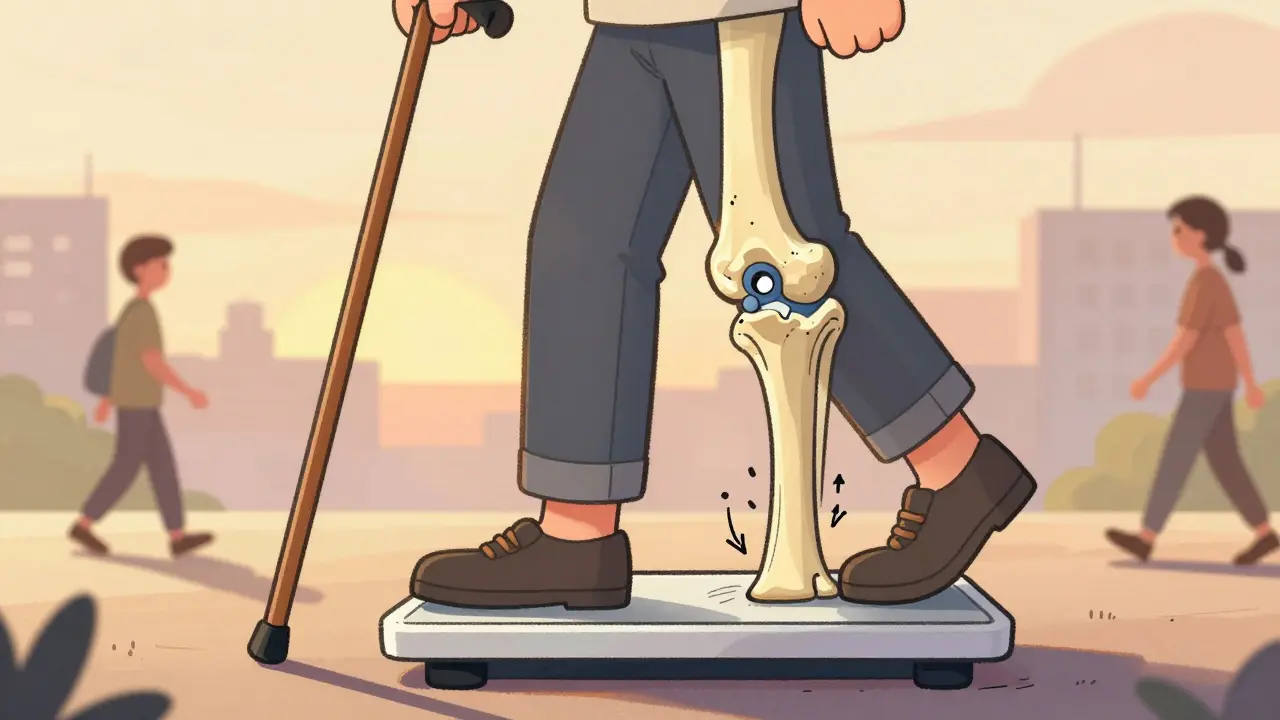
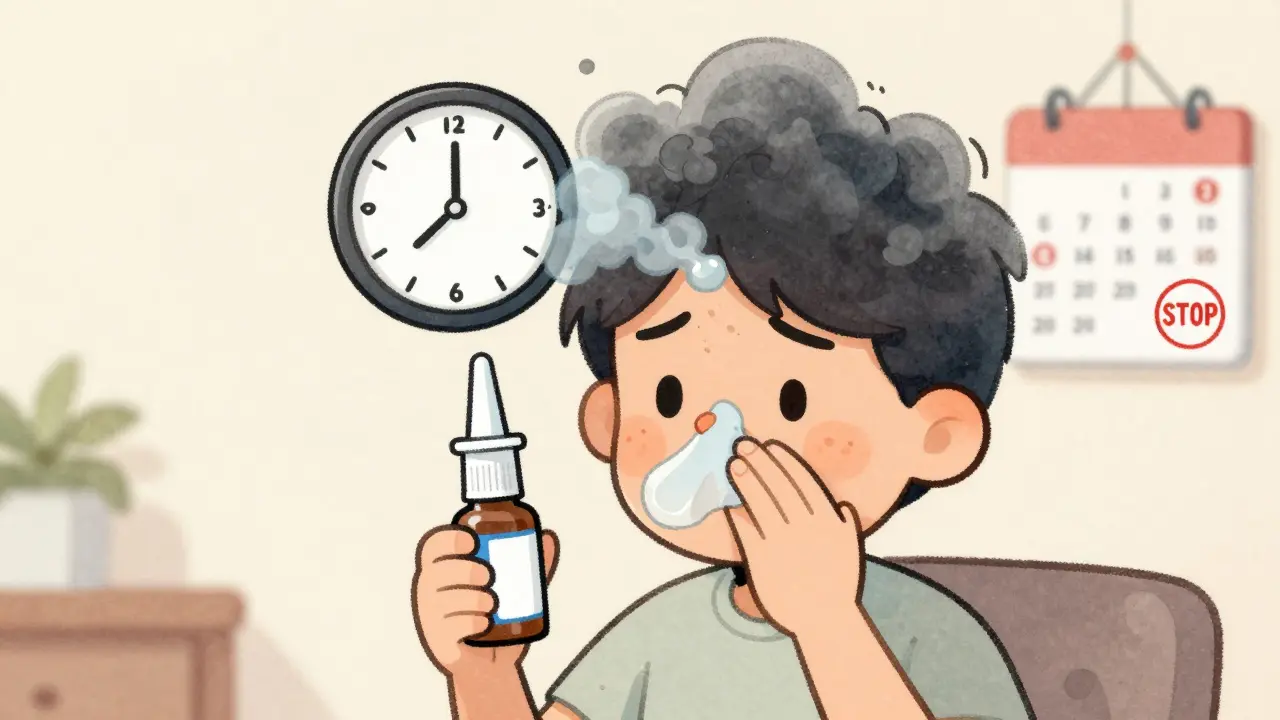

ankush kumar
April 28, 2025 AT 12:25Hey everyone, just wanted to jump in and share a bit of personal experience with corn poppy because the plant’s history is as colorful as its petals – and trust me, the journey from field to cup can be a little bumpy if you don’t know what you’re doing. First off, I’ve been foraging in the outskirts of my hometown in Punjab for a few seasons now, and the first lesson I learned was not to confuse the bright red poppy with any of the more dangerous relatives that hide in similar soils. I always make sure to double‑check the seed pod shape and leaf texture before I even think about plucking a flower, because a tiny mistake can ruin a whole batch of tea. Once you’ve identified the right species, the drying process is key – I spread the petals on a clean cloth in a shaded nook, turning them over every few hours to keep the humidity at bay. After a couple of days they’re crisp enough to crush into a fine powder, which I then store in an airtight jar that’s tucked away from any sunlight. When it comes to brewing, I like to start with a humble teaspoon of this powder, pour water that’s hot but not boiling (around 90 °C), and let it steep for exactly ten minutes – any longer and the flavor can turn bitter, any shorter and you miss out on the full calming effect. I’ve found this ritual especially useful after long days of teaching, because the mild sedative compounds in the petals help melt away the mental fog without making me feel groggy the next morning. A couple of weeks ago I tried adding a pinch of dried lavender to the mix, and the synergy was surprisingly gentle – the lavender gave a floral lift while the poppy kept the nervous system steady. For those who are curious about dosage, I never exceed two teaspoons a day, and I always rotate to a different herb every few weeks to avoid any possible tolerance build‑up. If you’re ever unsure about how your body is reacting, just keep a tiny journal of the time you brew, the amount you use, and any sensations you notice; it’s a simple habit that can save a lot of guesswork. Lastly, share your finds with friends or a local herbalist community because collective knowledge is the best safety net – after all, the more eyes we have on the field, the less likely we are to slip up. Keep experimenting, stay safe, and enjoy the little red bursts of wellness nature gives us!
Cameron White
May 5, 2025 AT 19:35I read the guide and it seems okay, but I always wonder if there’s something the mainstream isn’t telling us about these "harmless" herbs. The fact that the poppy contains alkaloids makes me think there could be hidden side effects that aren’t on the label. Also, where does the dried material actually come from – is it from a reliable source or just some random vendor? I prefer to stay cautious and only use what I can verify myself. Maybe it’s safer to stick with well‑known teas until more research is out there.
Amélie Robillard
May 13, 2025 AT 02:45Oh wow, look at us all getting our herbal detective caps on 😂. Sure, there are alkaloids, but the amounts are so tiny they’re basically a whisper, not a shout. If you’re scared of a whisper, you’ll miss out on all the calm vibes the poppy brings. So grab a cup, enjoy the red‑flower magic, and relax – the real conspiracy is missing out on chill time! 🌼😉
Fae Wings
May 20, 2025 AT 09:55Wow, reading that long‑winded guide gave me chills! 🌿 The way the author describes the whole process feels like a ritual, and I can totally picture the steam swirling like ghostly ribbons in a dim kitchen. It’s almost cinematic – the petals whispering their secrets, the careful steeping, the gentle sigh of relief after a tough day. I love how the story builds a bridge between ordinary life and something mystical, making the simple act of sipping tea feel like a heroic quest. The dramatic pause before the final sip? Pure poetry. Thanks for sharing this vibrant journey, it lifted my spirits! :)
Anupama Pasricha
May 27, 2025 AT 17:05From a phytochemical standpoint, the corn poppy presents an intriguing profile that synergizes well within a multimodal wellness regimen. The polyphenolic matrix, coupled with low‑dose alkaloid fractions, offers a modulatory effect on the autonomic nervous system without eliciting the classic tolerance curves observed in higher‑potency botanicals. Moreover, when integrating corn poppy infusions into a chronobiologically aligned routine – for example, administering the tea during the early evening circadian trough – practitioners may observe an augmented parasympathetic rebound, thereby optimizing restorative sleep architecture. It is also worth noting that the flavonoid content contributes to endothelial nitric oxide bioavailability, which could confer ancillary cardiovascular benefits when combined with a Mediterranean dietary pattern. Nonetheless, adherence to rigorous sourcing protocols remains paramount; authenticated seed stock and standardized drying parameters are essential to mitigate inter‑batch variability. In clinical practice, I advise patients to document subjective response metrics, such as perceived relaxation scores and latency to sleep onset, to refine individualized dosing strategies. The integration of such evidence‑informed herbal adjuncts can enhance patient‑centred care while preserving the holistic ethos of traditional phytotherapy.
Bryce Charette
June 4, 2025 AT 00:15Sounds like a solid, balanced approach.
Christina Burkhardt
June 11, 2025 AT 07:25Great points, especially about sourcing and tracking personal response – those steps can really turn a simple tea into a mindful health practice. If you ever need a beginner‑friendly guide on how to label your jars or set up a simple log, just let me know! :)